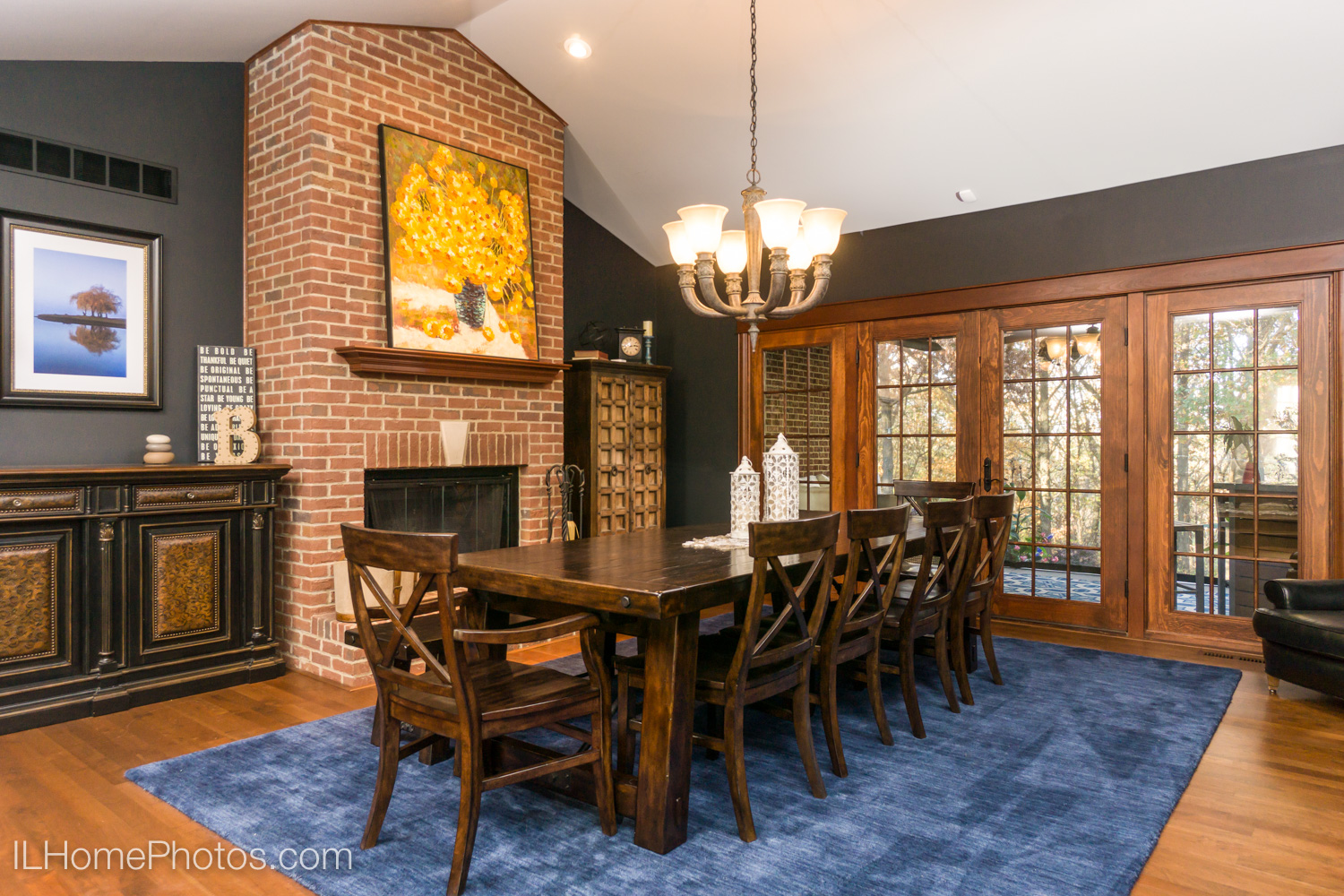I recently posed the question on this site, “How many photos should you show in your real estate listing?” Although MLS services and Realtor.com currently permit as many as 100 photos per listing, research reveals listings with as few as 11 and usually no more than 25 photos get the most leads. On the other hand, data shows that including over 25 photos can hurt more than help. You may want to read that post to learn why.
In the course of my research, I contacted Realtor.com and asked if they recommended an optimal number of listing photos to agents. The customer care representative who replied said they don’t have “a specific number that is preferred by consumers and the number of photos displayed is based on agent preference.”
In other words, listings on Realtor.com can have up to 100 photos because agents want to show up to 100 photos—not because consumers (that is, prospective home buyers) want to see 100 photos.
I wanted more clarity on this, so I emailed Realtor.com again to ask if they track how many or which photos get viewed on a listing. If a listing has 100 photos, for example, how many visitors actually view all 100 of those photos?
Here’s the response I received on May 26, 2017 (emphasis added):
Please be advised that at this time realtor.com does not record a consumer’s activity when they view the photos on a listing; we are only able to record how many times the listing appeared in the search results pages of a Find a Home search, how many times the listing itself has been clicked on to view more details, and how many inquiries have been submitted to the listing Agent when they have purchased our listing enhancement product.
Here’s a screen capture of Realtor.com’s response to my email:
This confirms my initial suspicion: Realtor.com has no idea how many photos generate leads for a listing. Is it 10? or 22? or 53? or 7? or 96? They don't know because they're not tracking how site visitors interact with the photos.
Well, then—what do you do now?
When hiring a photographer for your client’s home, ask yourself the question: Do I want more photos or do I want more leads?
The research is consistent in several studies: fewer photos generate more leads. Don’t spend money on a boatload of inexpensive, mediocre photos. Instead, hire a photographer who can create a few beautiful, high-quality images that will entice buyers to click on your listings and follow up with you.
If you’re in the central Illinois market (Peoria, Bloomington/Normal, Springfield, Lincoln), I might be that guy for you. Get in touch and let’s find out.



















